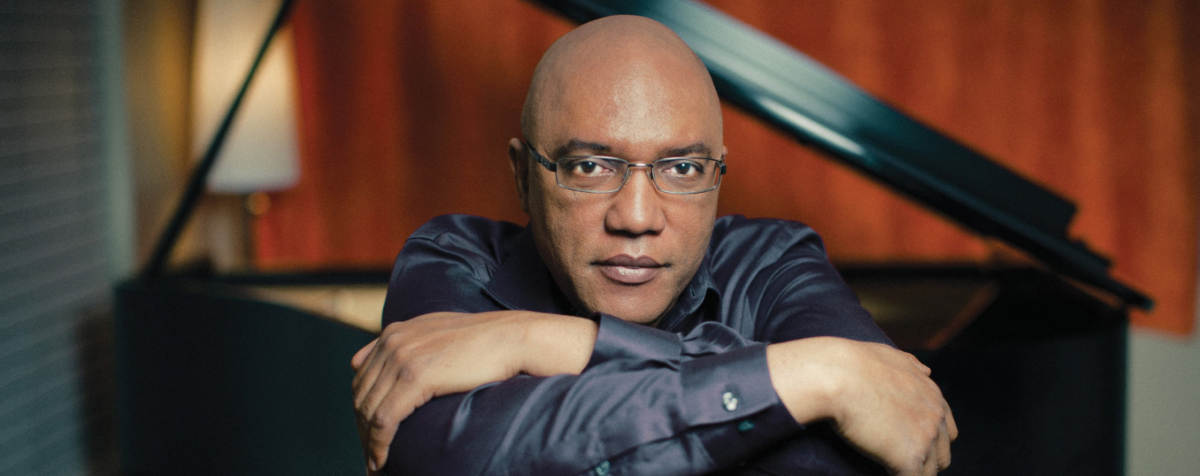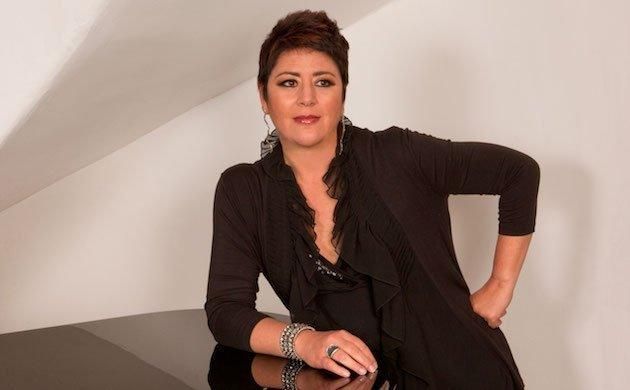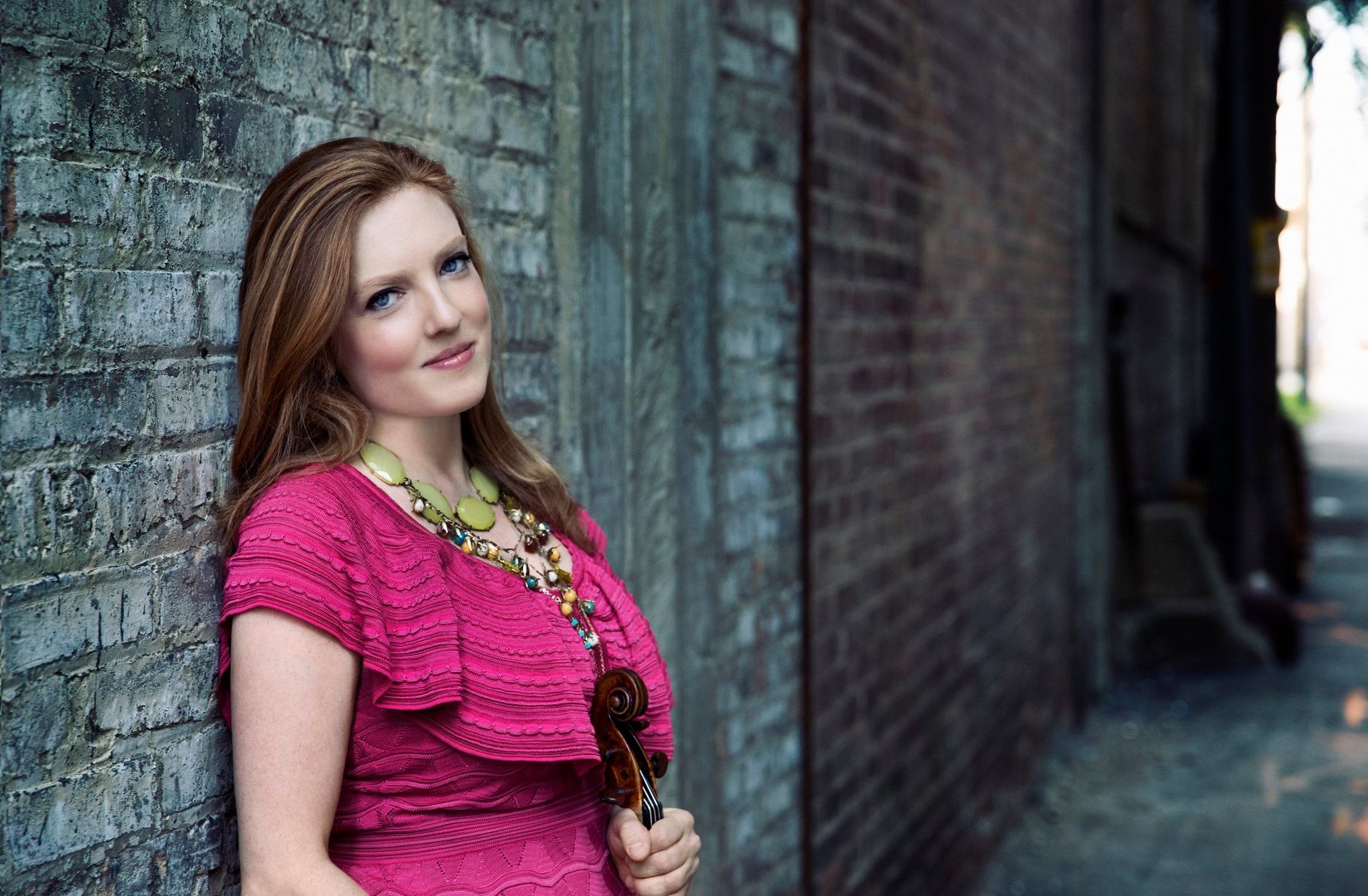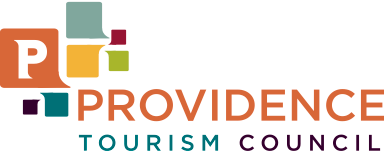401.248.7070 | 667 Waterman Avenue, East Providence, RI 02914
THE STORY BEHIND: Saint-Saëns' Symphony No.3 (Organ)
On April 12, conductor Radu Paponiu and the Rhode Island Philharmonic Orchestra will present SAINT-SAËNS THUNDERING ORGAN SYMPHONY with violinist Rachel Barton Pine.

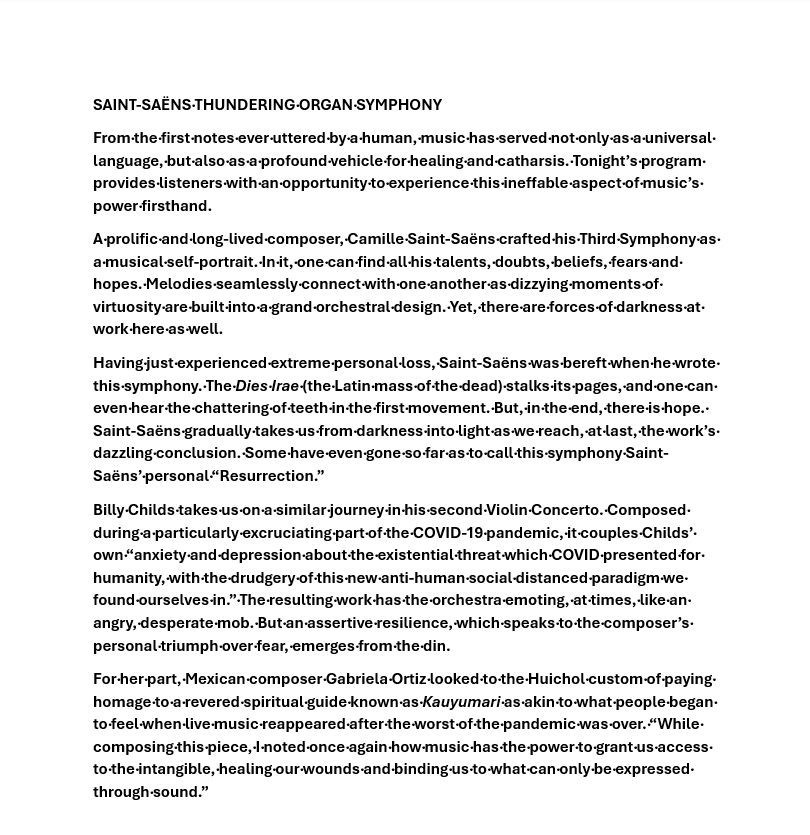
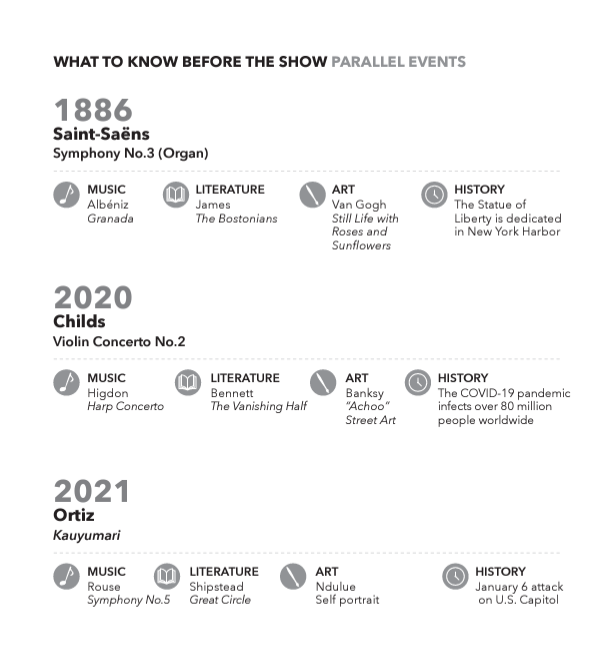
Title: Symphony No.3, op.78, in C minor (Organ)
Composer: Camille Saint-Saëns (1835-1921)
Last time performed by the Rhode Island Philharmonic:
Last performed October 14, 2017 with Eckart Preu conducting. This piece is scored for three flutes (third doubling piccolo), two oboes, English horn, two clarinets, bass clarinet, two bassoons, contrabassoon, four horns, three trumpets, three trombones, tuba, timpani, percussion, organ, piano and strings.
The Story: “You ask for the symphony: you don’t know what you ask. It will be terrifying,” said Camille Saint-Saëns to the leadership of the London Philharmonic Society, who had just commissioned him for a new symphony. “There will be much in the way of experiment in this terrible thing.”
In 1886, when Saint-Saëns received the commission offer, the symphony as a form was starting to show its age. A new wave of enthusiasm for opera was engulfing Europe, and Saint-Saëns saw this commission as an opportunity to “renew the symphonic form.”
One way in which he did this was to jettison the traditional four-movement format for a leaner two-movement structure. In light of the fact that Saint-Saëns dedicated this symphony to his friend Franz Liszt, this choice makes perfect sense. Listz’s greatest contribution to music is the tone poem, a full-length work defined by a single, compelling narrative arc. Saint-Saëns uses this concept as a source of inspiration here, taking the listener on a clear journey from the opening movement’s agitated, rustling violin theme (which recurs throughout the symphony) to the thrilling apotheosis of the organ finale.
In addition to the innovative musical architecture, Saint-Saëns made a few tweaks to the makeup of the orchestra itself. A celebrated organist himself, Saint-Saëns decided to add both the “king of instruments” and not one but two pianists (at one instrument) to an already large orchestra.
Listen for the strings and timpani in the second movement as they seem to foreshadow impending doom, followed by what Saint-Saëns refers to as “a fantastic spirit” with “arpeggios and scales, swift as lightning, on the piano … accompanied by the syncopated rhythm of the orchestra.” This “fantastic spirit” then engages in a struggle with the more diabolical elements, now heard as a restless fugue in the low brass, until, like a sudden burst of sunshine, the organ unleashes its undeniable power with a magnificent C major chord. This deus ex machina then ushers in wave after wave of contrapuntal inventiveness, giving each family of instruments, from strings to winds to brasses, a chance to shine until the symphony reaches its breathless ending. “With it, I have given all I could give,” Saint-Saëns said of this third and final symphony. “What I did, I could not achieve again.”
Program Notes by Jamie Allen © 2024 ALL RIGHTS RESERVED
Recommended Recordings:
Saint-Saëns "Organ" Symphony roars throughout Symphony Hall with Charles Münch and the Boston Symphony (linked below.) Eugene Ormandy and The Philadelphia Orchestra recorded the work several times, but the final version with Michael Murray (Telarc) will shake the floorboards of any listening room and provoke shouting matches with neighbors. It's that well recorded.
Tickets start at $20! Click HERE or call 401-248-7000 to purchase today!
Latest News ➤
Support The Rhode Island Philharmonic Orchestra & Music School
The Rhode Island Philharmonic is funded in part by a grant from the Rhode Island State Council on the Arts, through an appropriation by the Rhode Island General Assembly, a grant from the National Endowment for the Arts and private funders. Financial support is also provided by the Providence Tourism Council.
CONTACT US
Main: 401.248.7070
Box Office: 401.248.7000
Music School: 401.248.7001
Fax:
401.248.7071
Email:
info@riphil.org
Orchestra
MUSIC SCHOOL
Rhode Island Philharmonic Orchestra & Music School | 667 Waterman Avenue, East Providence, RI 02914.
All Rights Reserved | Rhode Island Philharmonic Orchestra & Music School.
